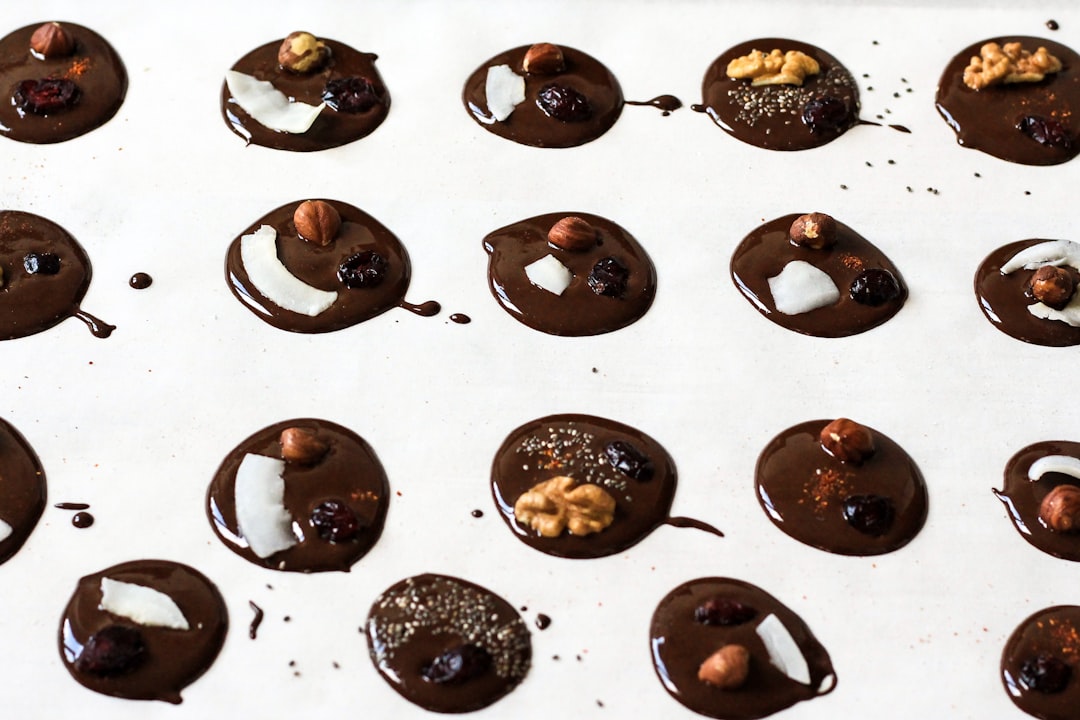What is it about?
The objective of the present work is to optimize, by means of constructal design associated with exhaustive search and genetic algorithm, the geometry of morphing T-shaped fins that remove heat from a semicircular basement. The fins are bathed by a steady stream with constant ambient temperature and convective heat transfer. The semicircular body that serves as a basement for the T-shaped construct generates heat uniformly and it is perfectly insulated on the outer perimeter. It is shown numerically that the global thermal resistance can be minimized by geometric optimization subjected to constraints, namely, the basement area constraint, the Tshaped fins area fraction constraint and the auxiliary area fraction constraint, i.e. the ratio between the area that circumscribes the T-shaped fin and the basement area. The combination of the degrees of freedom values in the context of constructal design generated a search space with several “potential” local minima so that the classic technique, i.e. the exhaustive search, had to be substituted by the genetic algorithm method. In this context, the initial investigation regarding the degrees of freedom L1/L0 and t1/t0 was performed by means of the exhaustive search, while the parameters kp, ϕ, λ and ψ have been studied by employing GA technique. First achieved results indicate that when the geometry is free to morph then the thermal performance is improved according to the constructal principle named by Bejan “optimal distribution of imperfections”. Finally, a comparative analysis between T-shaped constructs coupled with rectangular, trapezoidal and semicircular geometries has been carried out in terms of effectiveness in heat removal. The performance of the T-shaped morphing fin having semicircular basement (the case here treated) proved to be considerably superior than the other tested geometries.
Featured Image
Read the Original
This page is a summary of: Geometric optimization of morphing fins coupled with a semicircular heat generating body: A numerical investigation on the basis of Bejan's theory, International Communications in Heat and Mass Transfer, August 2017, Elsevier,
DOI: 10.1016/j.icheatmasstransfer.2017.05.006.
You can read the full text:
Contributors
The following have contributed to this page










